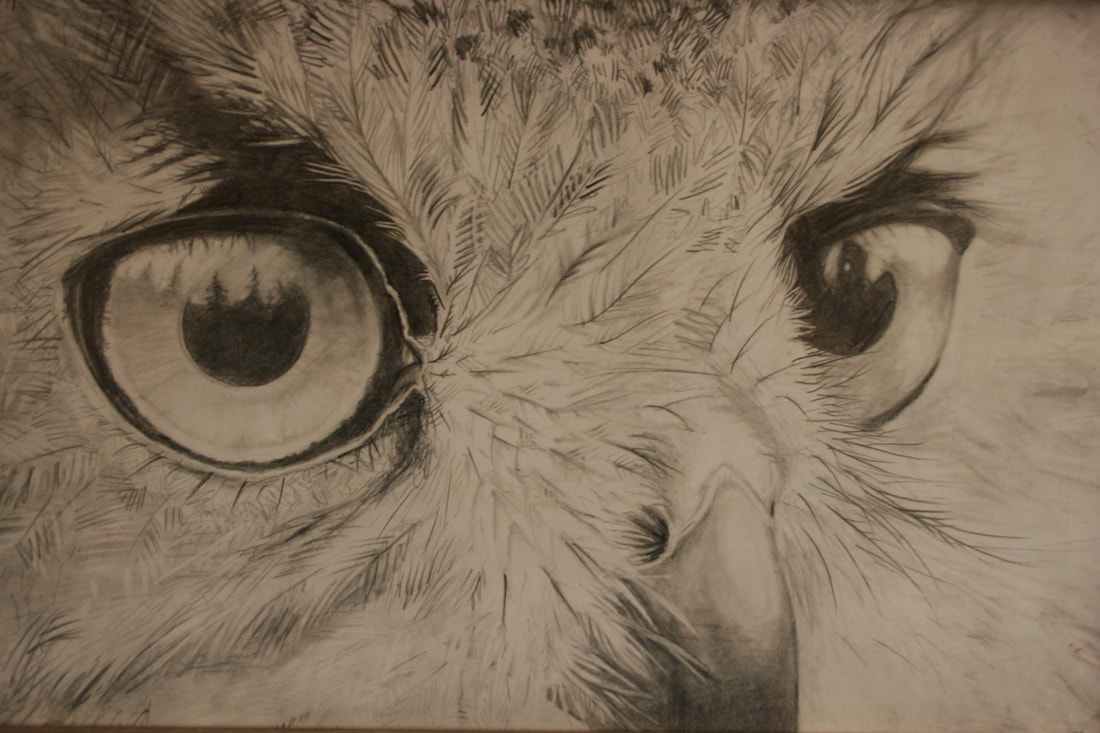|
By Janelle Eklund
The genus, cottonwood, has three species in Alaska: balsam poplar, black cottonwood, and quaking aspen. Black Cottonwood is typically found in Prince William Sound and Southeast Alaska. The balsam poplar tree is scattered throughout the Copper Basin where you will usually see it cohabitating with its cousin, quaking aspen. The two trees are of similar height but have distinctly different leaves and trunks. Balsam poplar trunks have grey rough, furrowed outer bark, resembling scales. Quaking aspen has smooth whitish outer bark and what looks like little black eyes scattered up its trunk. The leaves of the balsam poplar are somewhat elongated, 2 1/2" - 4 1/2" long, and quaking aspen leaves are more rounded at 1"-2" long. The petioles, or stem, of the quaking aspen leaf is long and flat and set at right angles to the leaf blades instead of rounded, which accounts for its 'quaking' in the wind. This 'quaking' helps bring sun to both sides of the leaf. The Aspen is considered one of the biggest organisms on earth. It usually doesn't reproduce from seeds. The root of this (pun intended) is literally the mother tree sends out shoots underground and suckers grow out from these shoots into genetically identical trees to the parent tree. These are called clones and since they are all connected they are one big organism! In the fall you can tell which trees are clones because they will all drop their leaves at the same time. The flower clusters on both balsam poplar and quaking aspen are called catkins. On both trees the male and female catkins are on different trees. They flower May to June, with the fruit maturing in June. We get a false sense of a late snowstorm as the catkins and their cottony seeds blow off the trees and put a white blanket on the ground. The catkins are a source of vitamin C and are edible but bitter. Probably better as a survival food. Or use the cottony fluff to stuff a blanket or pillow and enjoy the intoxicating aroma.
0 Comments
Leave a Reply. |
Who We AreWISEfriends are several writers connected with Wrangell Institute for Science and Environment, a nonprofit organization located in Alaska's Copper River Valley. Most of these articles originally appeared in our local newspaper, the Copper River Record. Archives
August 2021
Categories
All
|
|
WISE is a
501(c)3 nonprofit organization |
Contact Us |


 RSS Feed
RSS Feed
